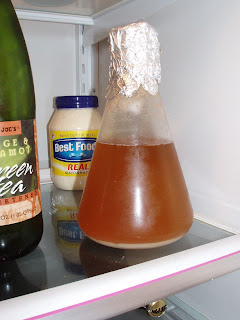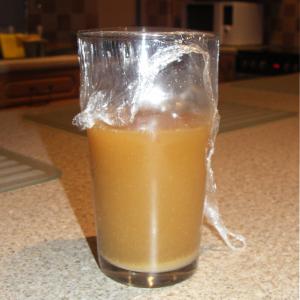Kids, you all gotta stop tossing stuff out because YOU don't have confidence of the yeast, ESPECIALLY if you are going by something superfluous like bubbles.
Is the only way you are diagnosing your starters as being dead because of lack of bubbles? WHat bubbles? airlock? I never get bubbles, in fact I get very little "activity" with starters at all. I'm going to go out on a limb and say you declared your yeast dead based on the wrong criteria...
In fact I always question the idea that yeast dies, unless we put it in boiling wort, or that we get "bad" yeast, I've found that more often than not the person who is declaring the yeast dead is using poor criteria to determine it, like not taking a hydro reading or going by airlock activity alone, or thinking that their wyyeast smack pack has to inflate (it says right on the website that it doesn't.)
It doesn't matter one blip in your fermenter or your starter flask if the airlock bubbles or not (if you are using an airlock and not tinfoil if you are using tinfoil, you aren't getting bibbling anyway,) or if you see a krauzen. In fact starter fermentation are some of the fastest or slowest but most importantly, the most boring fermentations out there. Usually it's done withing a few hours of yeast pitch...usually overnight when we are sleeping, and the starter looks like nothing ever happened...except for the little band at the bottom. Or it can take awhile...but
either way there's often no "activity" whatsoever....
I usually run my stirplate for the first 24 hours, then shut it down, if you are spinning your starter it is really hard to get a krausen to form anyway, since it's all spinning, and there's often a head of foam on it from the movement.
All that really matters is that creamy band o yeast at the bottom.
This is a chilled sample so it's flocculated, but even with an unchilled sample you should see a band of yeast at the bottom. Here's an unchilled version
Same thing, a band.
As it is I've only ever seen two or three krausens actually on my starter (one blew off a bunch of krausen and knocked the tinfoil off the flask,) and the evidence of one on the flask at the "waterline" once. But I've never not had a starter take off.
Look for the yeast at the bottom, don't worry what it looks like on top.
If you have yeast on the bottom....that's all you really need.
You dumped for no reason...next time you got a question, post BEFORE you dump.





